12 Best Dishes To Try In Mekong Delta
The Mekong Delta, endowed with a complex network of natural resources and cultural diversity, has various kinds of food waiting to be explored. You might be interested in knowing that the traditional Vietnamese philosophy of food is rooted in Vietnamese traditional medicine, which places its focus on the healthy balance between Yin and Yang to maintain human health.
- 1. Canh Chua Ca (Sour Fish Soup)
- 2. Ca Kho To (Braised Fish)
- 3. Bun Mam (Fermented Fish Soup Noodle)
- 4. Che (Sweet Pudding/Soup)
- 5. Bánh Xèo Mien Tay (Mekong Delta Pancake)
- 6. Bún Nước Lèo
- 7. Bánh Pia (Bakpia/Hokpia)
- 8. Coconut
- 9. Bò Bía Ngọt (Sweet Popiah)
- 10. Bánh Bò Thốt Nốt (Baked Honeycomb Cake)
- 11. Crab Hotpot
- 12. My Tho Noodle
In the Mekong Delta region, nature plays a significant role in shaping local gastronomy. The hot and humid sub-equatorial climate influences the food here, typically giving dishes a slightly citrusy and sweet profile, which contrasts with the more salty and spicy flavors found in Northern Vietnamese cuisine. Here, we present 10 must-try dishes from the Mekong Delta that are sure to impress.
Canh Chua Ca (Sour Fish Soup)
This traditional soup is a staple in meals across the Mekong Delta. What better way to cool off on a hot afternoon than with a hearty bowl of tamarind soup, filled with bean sprouts, giant taro, and freshwater fish? The sour tamarind provides a refreshing touch and balances the heat often felt in this tropical region. Commonly used fish include species found abundantly in local rivers and canals.
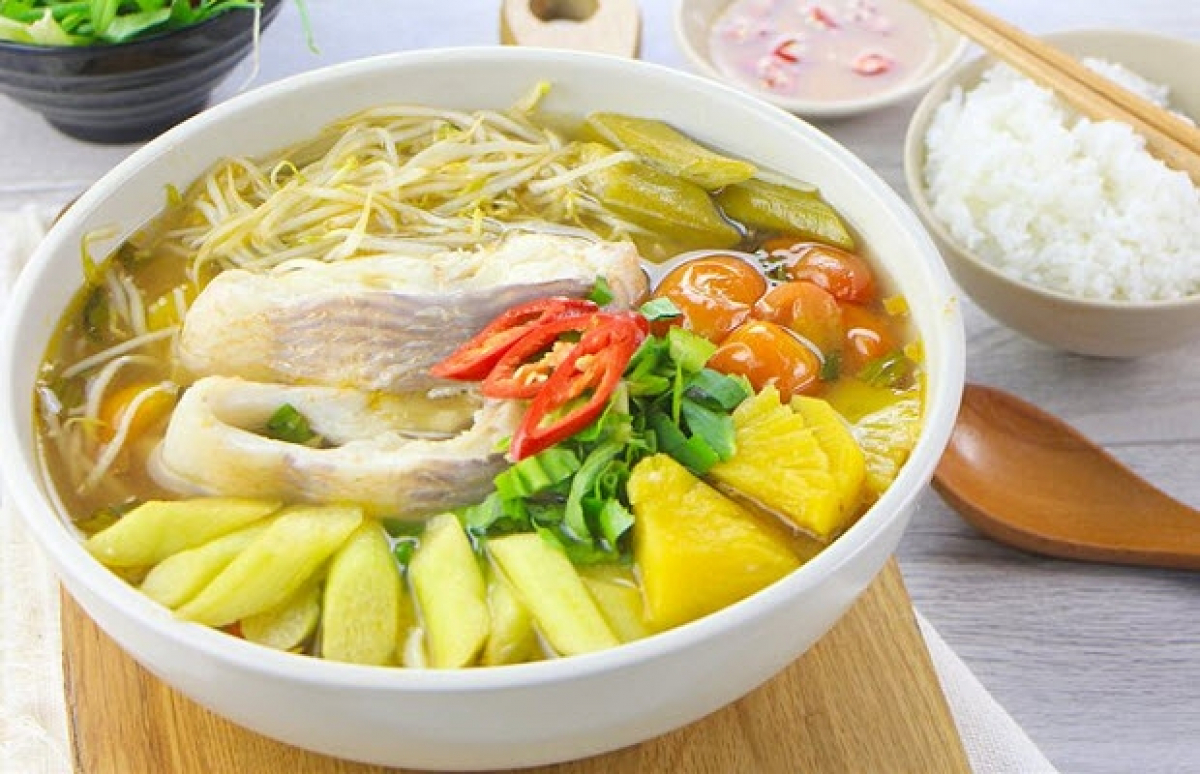 Photo: tintucvietnam.vn
Photo: tintucvietnam.vn
Ca Kho To (Braised Fish)
Historically, locals braised fish in terracotta pots, a culturally significant cooking method in the Mekong Delta. Any freshwater fish can be used, typically seasoned with fish sauce and pepper. Additional chilies and coriander can be added to mitigate fishy odors. This straightforward dish reflects the resourcefulness of the locals, who often reheated leftovers until nothing was wasted.
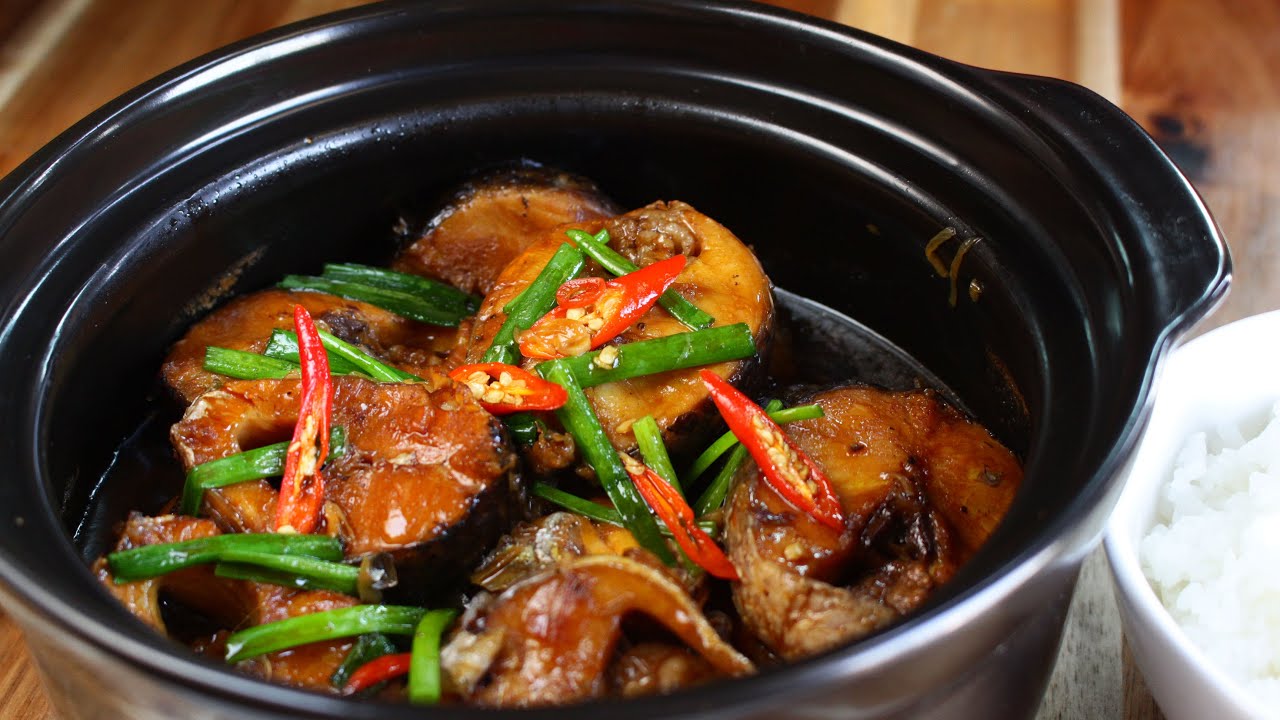 Photo: sieungon.com
Photo: sieungon.com
Bun Mam (Fermented Fish Soup Noodle)
Bun mam is a traditional Khmer dish, as the Khmer people comprise the second-largest ethnic group in the Mekong Delta, primarily residing in Trà Vinh and Sóc Trăng provinces. The dish features rice noodles, prawns, fish, and an abundance of vegetables, with its defining element being the prahok sauce made from fermented mudfish.
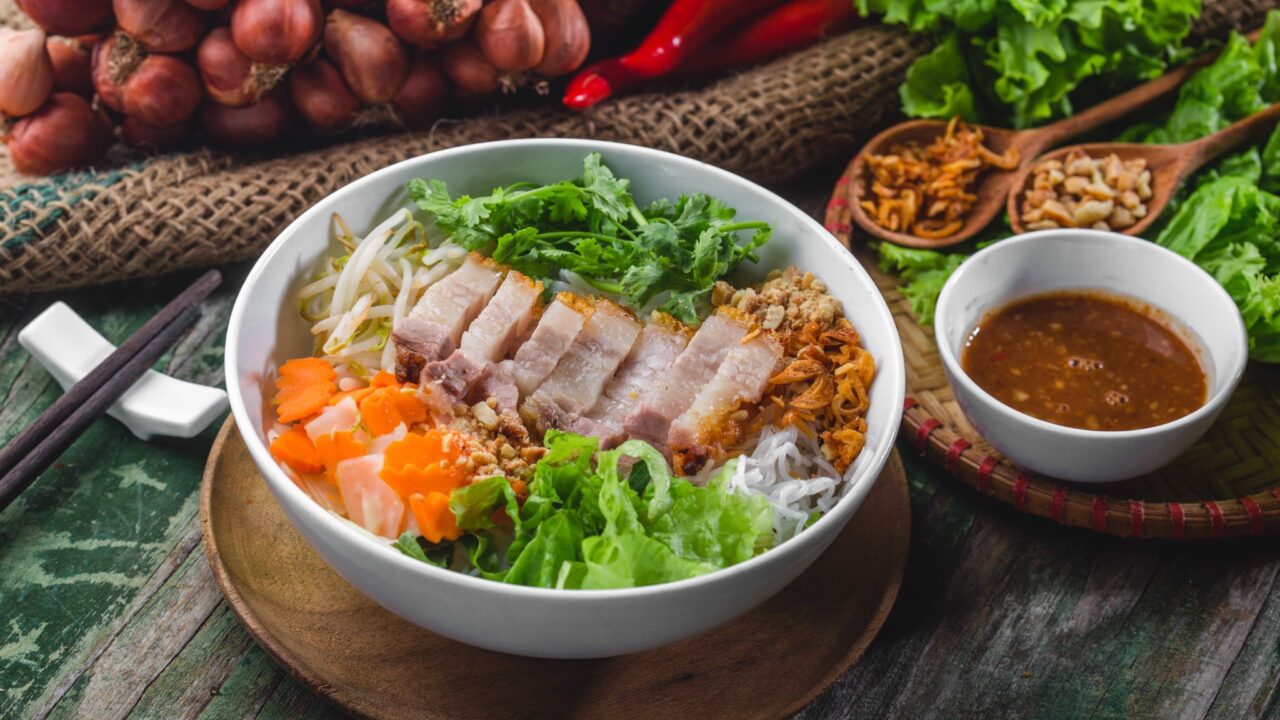 Photo: phuot3mien.com
Photo: phuot3mien.com
Che (Sweet Pudding/Soup)
Chè is a classic Vietnamese dessert, primarily made from plant-based ingredients and legumes. While it shares similarities with the Chinese tong sui, the version from the Mekong Delta is notably sweeter and often features coconut milk. Special varieties from this area include chè bà ba (cooked with coconut milk, pandan leaf, sweet potato, and cassava), chè chuối (with banana and sweet potato), and chè bưởi (with grapefruit peel).
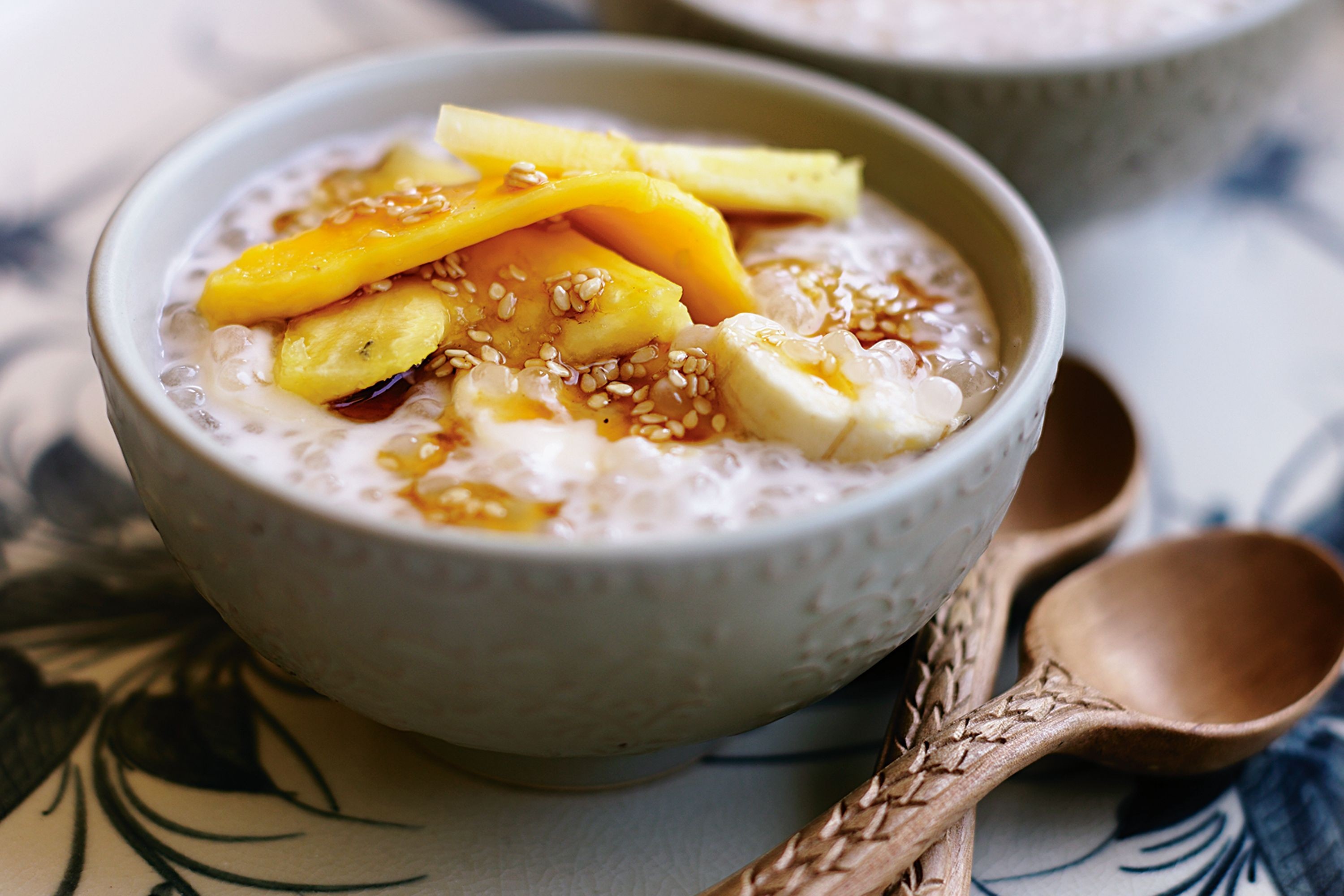 Photo: cachnauche.com
Photo: cachnauche.com
Bánh Xèo Mien Tay (Mekong Delta Pancake)
Bánh xèo, a light fried pancake made from flour and turmeric powder, is typically filled with pork, prawns, and bean sprouts. While variations exist, the Mekong Delta version is generally larger and served with fish sauce, compared to smaller, thicker versions accompanied by peanut sauce found in Central Vietnam.
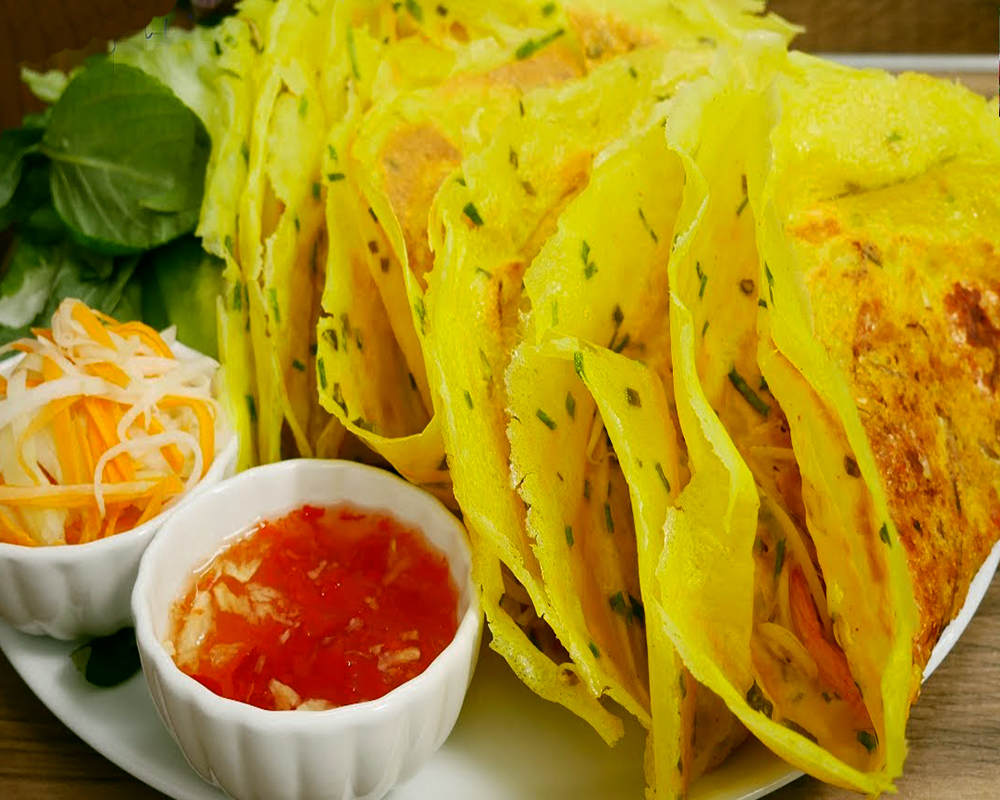 Photo: eva.vn
Photo: eva.vn
Bún Nước Lèo
Bún nước lèo, also known as rice noodle soup with fish broth, is a notable example of culinary fusion in the Mekong Delta. Originating from Cambodia, this dish features a combination of prawn, fish, and prahok, with Vietnamese variants including peeled shrimp and roasted pork. Visitors can savor both renditions in the region.
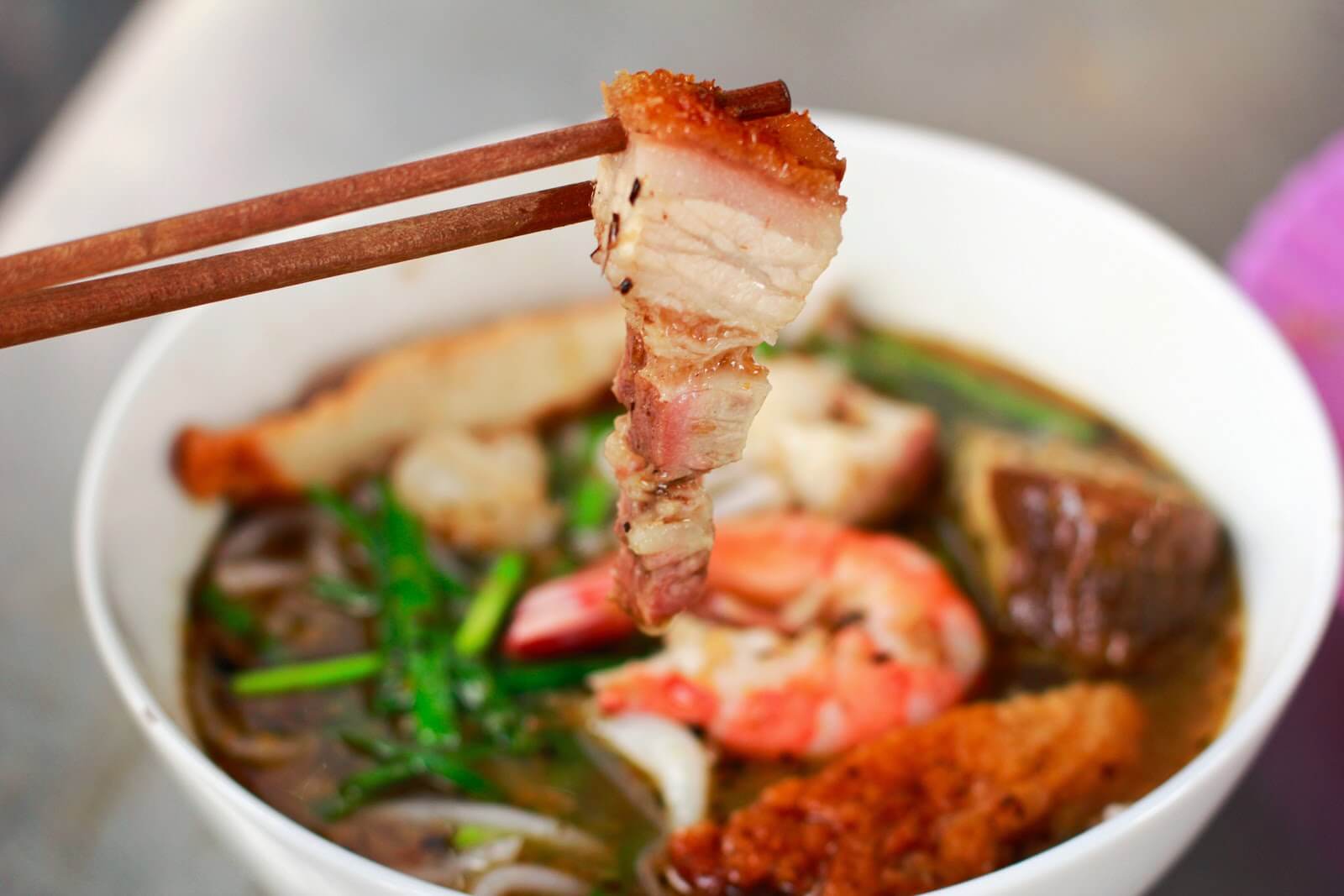 Photo: bloganchoi.com
Photo: bloganchoi.com
Bánh Pia (Bakpia/Hokpia)
Bánh pía, known as bakpia or hokpia, is a popular treat during the Full Moon Festival but is now available year-round. Its origins trace back to Teochew immigrants in Vietnam. The pastry contains layers of mung bean, durian, and salted egg. Sóc Trăng province is particularly renowned for its high-quality bánh pia production.
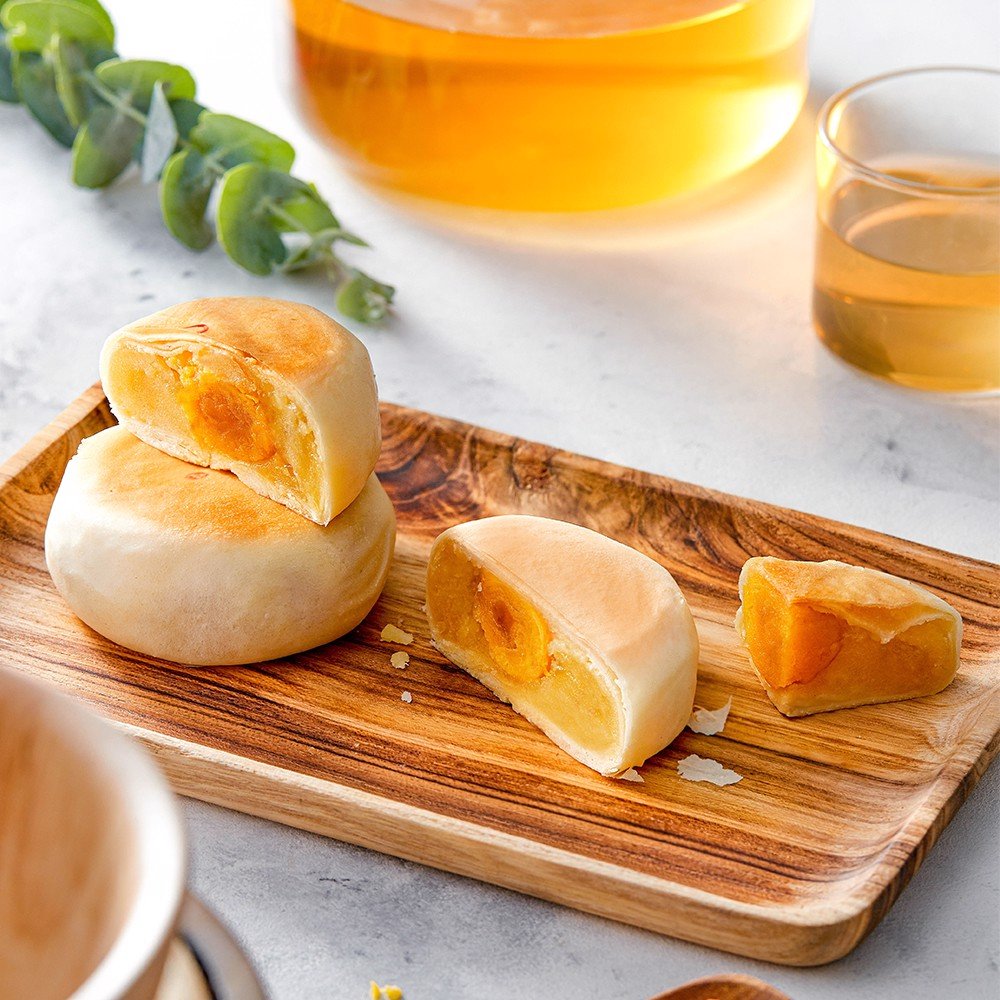 Photo: keodua.vn
Photo: keodua.vn
Coconut
Bến Tre is famous as the "Kingdom of Coconut," exporting Siamese coconuts throughout Vietnam and beyond. A single coconut can cost as little as 5,000 VND (around 20 cents). In contrast, Trà Vinh boasts the unique kopyor coconut, which has thick flesh and a high price tag, sometimes reaching 200,000 VND (approximately 8.50 USD).
Additionally, the region produces the Sap Coconut, known for its yogurt-like consistency. The mixture, blending coconut juice and meat, is served chilled with milk, sugar, and an assortment of toppings such as fruit, jelly, and pearls.
Bò Bía Ngọt (Sweet Popiah)
With a considerable Chinese population in the Mekong Delta, popiah has become a beloved local snack. The Vietnamese adaptation features sweet elements and is often sold in front of schools, delighting children. The snack consists of coconut flesh, black sesame, and maltose wrapped in thin rice paper.
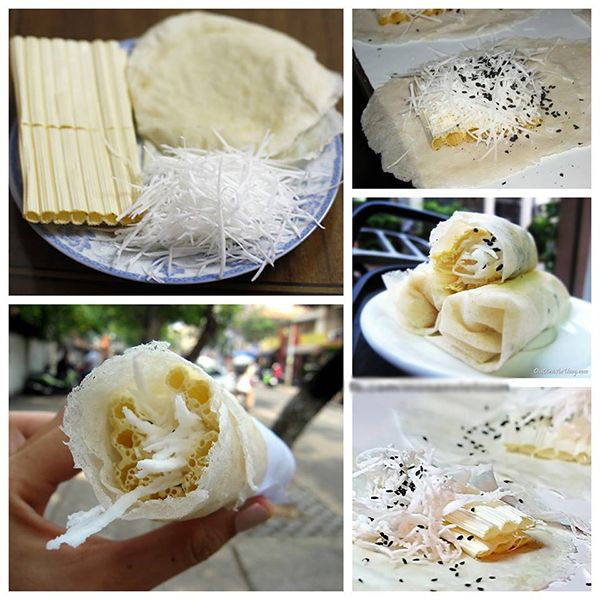
Bánh Bò Thốt Nốt (Baked Honeycomb Cake)
While baked honeycomb cake is widely available in Vietnam, the version made with palm sugar is particular to An Giang province, which is rich in ice apple trees. This variant is less sweet, creamier, and more aromatic than traditional versions. Palm sugar is also recognized for its health benefits compared to refined sugar, making it a must-try when in An Giang.
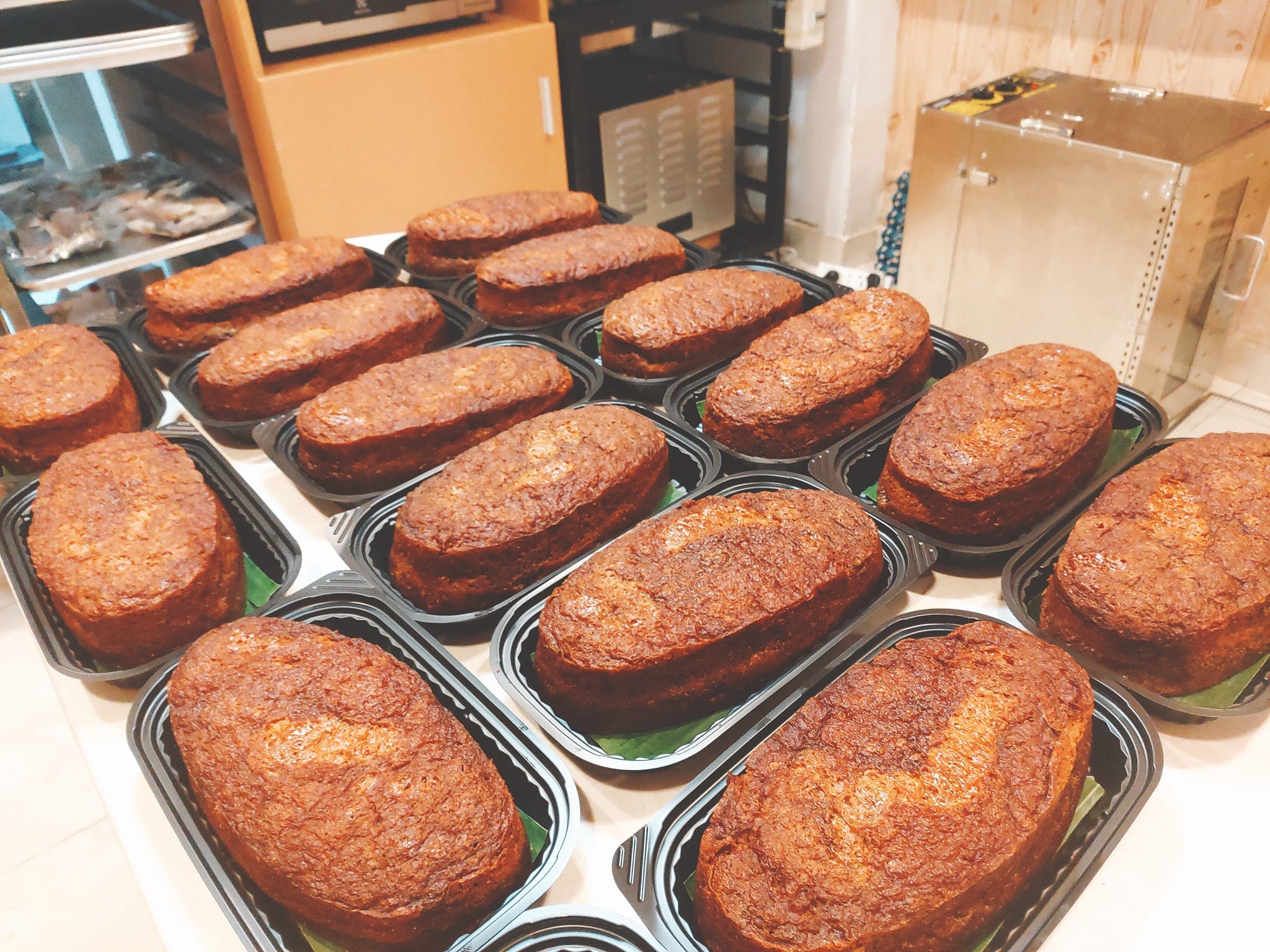 Photo: shopee.vn
Photo: shopee.vn
Crab Hotpot
Expecting a traditional hotpot may lead to surprise with Crab Hotpot, where the broth is actually porridge enriched with crab and herbal flavors instead of a watery soup. Diners enhance the dish by adding raw baluts and shredded crabs, allowing all components to simmer together. The combination of crab sweetness and the fragrance of rice creates a memorable dining experience.
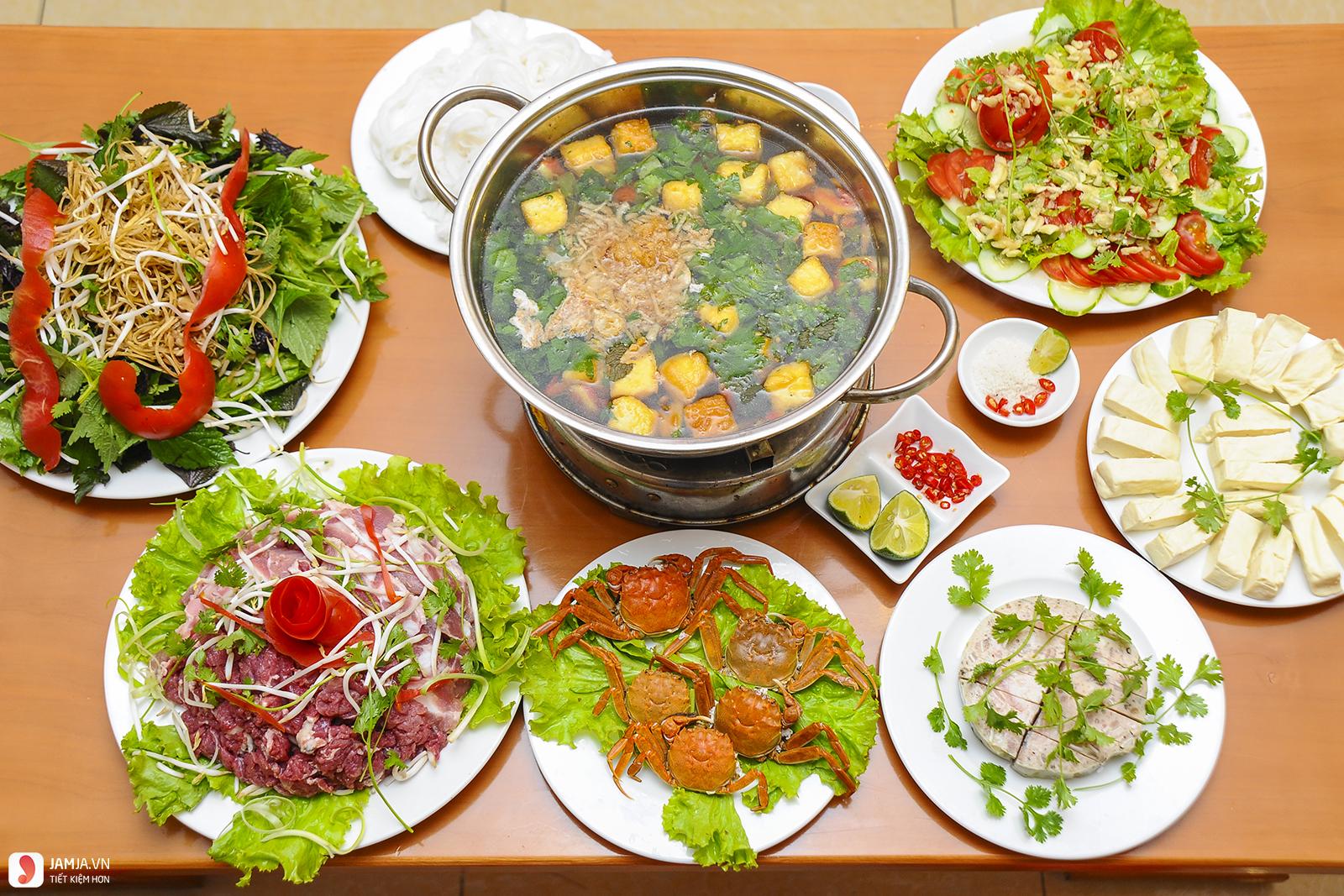 Photo: jamja.vn
Photo: jamja.vn
My Tho Noodle
My Tho Noodle, a dish with roots in Chinese and Phnom Penh cuisine, has gained international fame, especially after being featured by chef Gordon Ramsay. Known for its sweet broth, made from bones, vegetables, and dried squid with balanced spices, this noodle soup rivals pho in its popularity. Diners can also opt for a dry version, served with soy and oyster sauces.
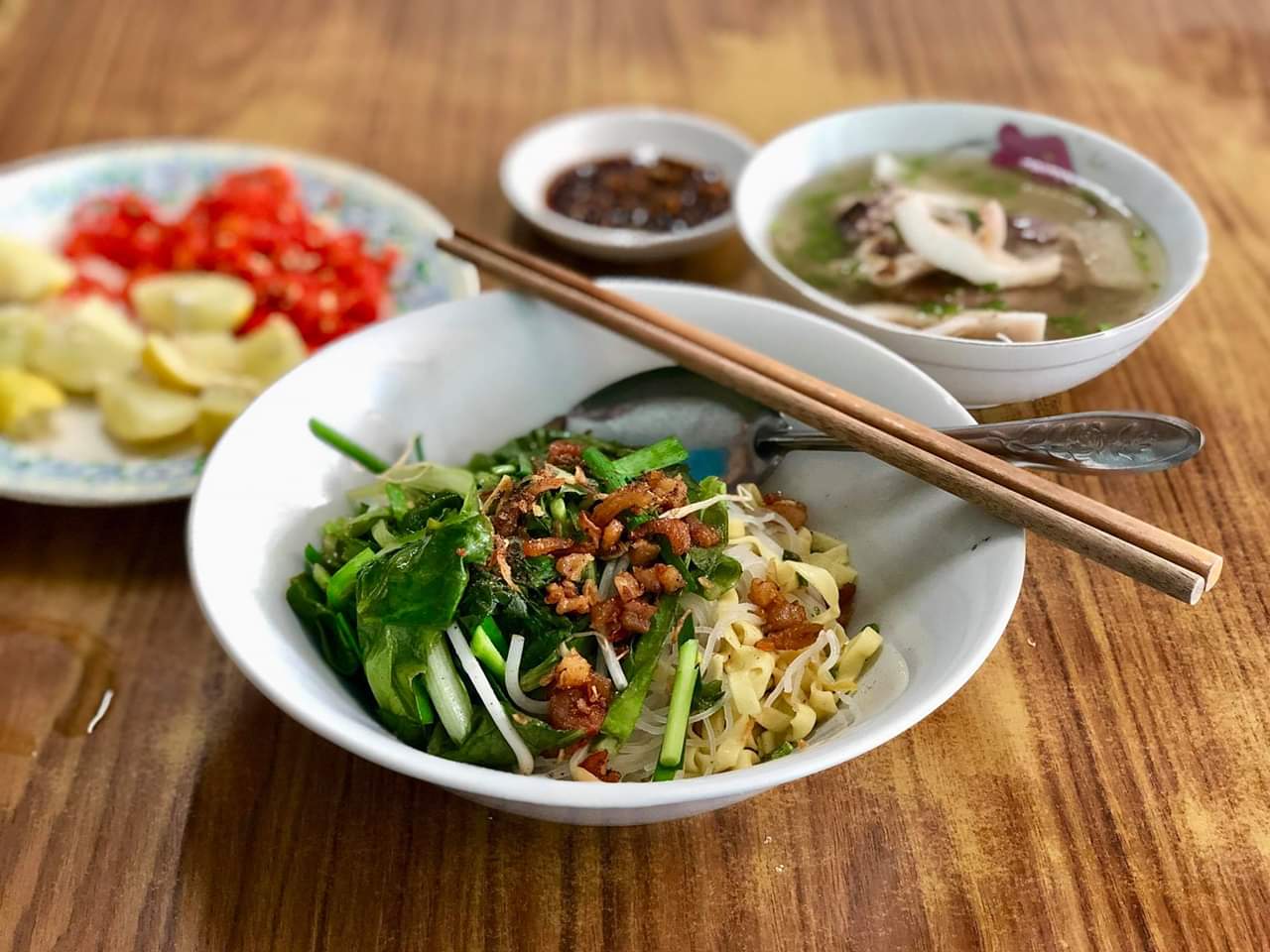 Photo: dammedulich.com
Photo: dammedulich.com
This rich culinary landscape of the Mekong Delta invites food lovers to explore its unique dishes, where each bite tells the story of local culture and tradition. Whether you're tasting the famous desserts or savoring savory specialties, the flavors of the Mekong Delta will leave a lasting impression.
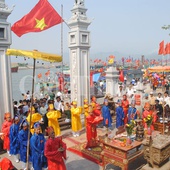
Con Temple Festival
Con Temple Festival is an annual events organized on the 22nd and the 23rd of February.
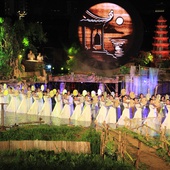
Hue Festival - Meeting Point Of Global Cultures
Hue Festival, with participation of 40 international art troupes, including a big number of traditional ones from 30 countries, promises to give tourists golden chances to appreciate different traditions through numerous art performances of varied origins, styles and genres: from East to West, court to folk, music, dance, drama to costume exhibit.

Best Time To Visit Mui Ne
When is the best time to travel to Mui Ne? Have a look at this article to find more details about weather in Mui Ne and plan your best trip ahead.








